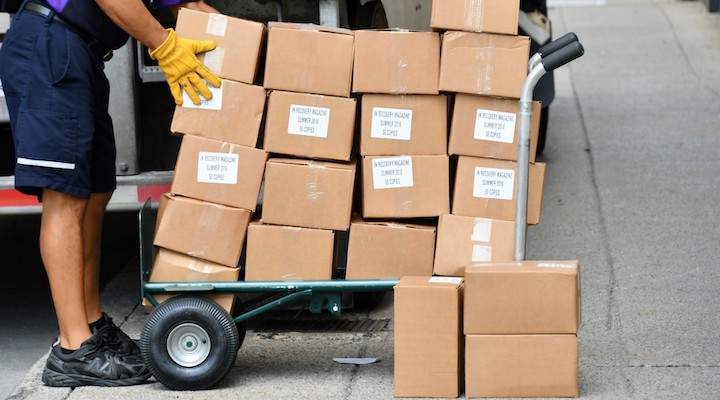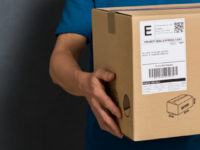There is a special set of risks around managing delivery transport for small business. Whether you’re shipping building materials, medical supplies, automotive parts, fragile artworks, perishables, or hospitality supplies, transport woes can cause all sorts of trouble for business.
It’s no small deal, either. Transport is typically a top-five business cost, and companies that manage their transport efficiently enjoy greater profitability (not to mention happier customers).
Reducing transport risks provides huge opportunity to make your SME more resilient and high performing.
What are some key risks to identify in delivery transport?
Costs of implementation: Decisions around how you structure your delivery fleet may be hard to correct quickly, leading to excess costs. For example, do you invest in your own vehicles and drivers, or do you outsource this role to a specialist? Do you do a little bit of both? Business needs to consider the risks in taking on a fixed cost versus something which is flexible, and the implications of a large upfront cost versus spreading costs throughout the month or year.
Logistics of implementation: Having the logistics required to perform a reliable service is a challenge, and involves reducing the risks of potential disruptions to your supply chain.
It’s essential to communicate with customers and understand their needs – ideally, you build a fleet structure which is responsive to fluctuations in demand, and which can cope with issues like absenteeism or vehicles off the road.
Supply chain risks can be unpredictable if they are coming from further down the supply chain – we’ve all seen and experienced the results of supply chain issues since Covid – the onus is on companies to try and reduce their risks by engaging with different suppliers, communicating regularly, and having flexibility built in to the supply chain.
Potential debt problems: Debt can be a business killer. There are enormous benefits in avoiding too much debt when establishing a delivery transport solution. Consider the ongoing costs in leasing vehicles and equipment versus an outsourced solution which may be available on a daily or hourly rate. Avoiding debt solves a potential headache and may enhance your profitability.
Unexpected maintenance/accidents: Surprise maintenance issues or repairs can be countered by having a delivery fleet structure which is flexible in the first place – you may not be able to remove the risk of the unexpected, but you can reduce the risk it will then hamper your business operations.
Safety/chain of responsibility: No business wants to breach chain of responsibility laws, which often apply to transport divisions. Breaches may result in harm to drivers and attract severe penalties. This risk is a factor for those who wish to operate their own in-house delivery fleet, because taking it in-house means you are fully responsible for these issues and for WorkCover claims. Outsourcing may lower these risks because the responsibility for WorkCover claims belongs with the transport supplier who provides the resources.
Technology implementation and reliability: Technology brings huge potential to lower the risks of cost blowouts and the risk of you being misinformed about your delivery fleet. It can reduce the risks in lost or misplaced deliveries and provide ‘proof-of-delivery’, which protects you. Technology can also protect your vehicles and related equipment by monitoring usage. But there are some risks in the vast choice of tech support available – it’s important any technology suits your customers and suits your business.
Privacy and security: Every day we see stories of privacy breaches and cybercrime. Taking steps to reduce this risk is now fundamental for business operations, and delivery transport should not be overlooked.















